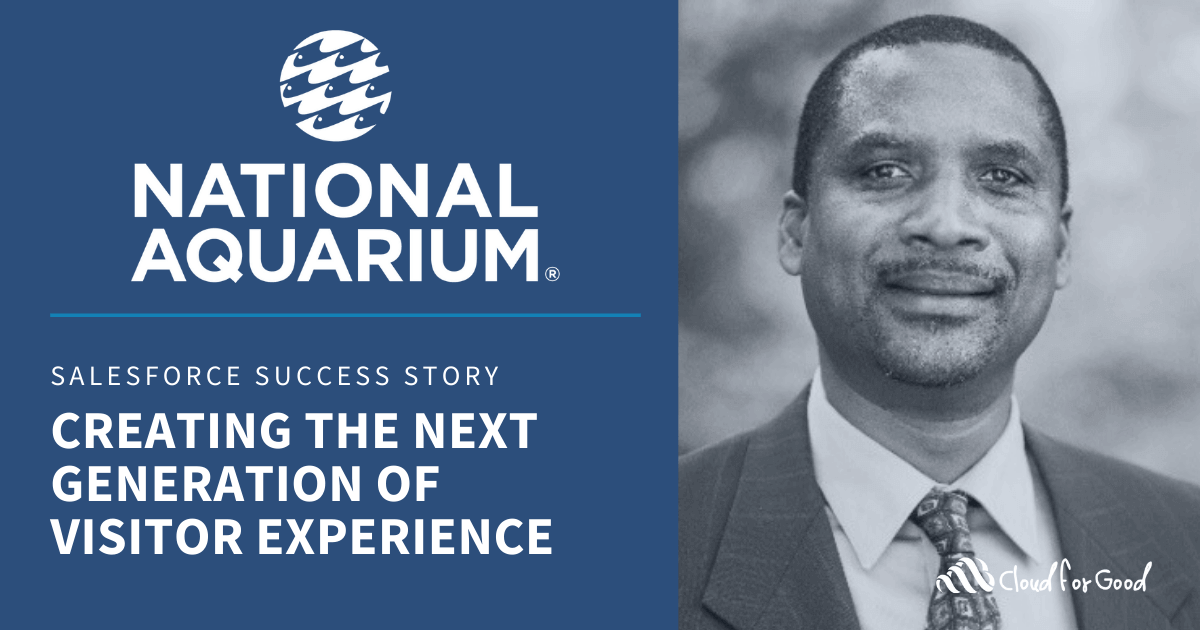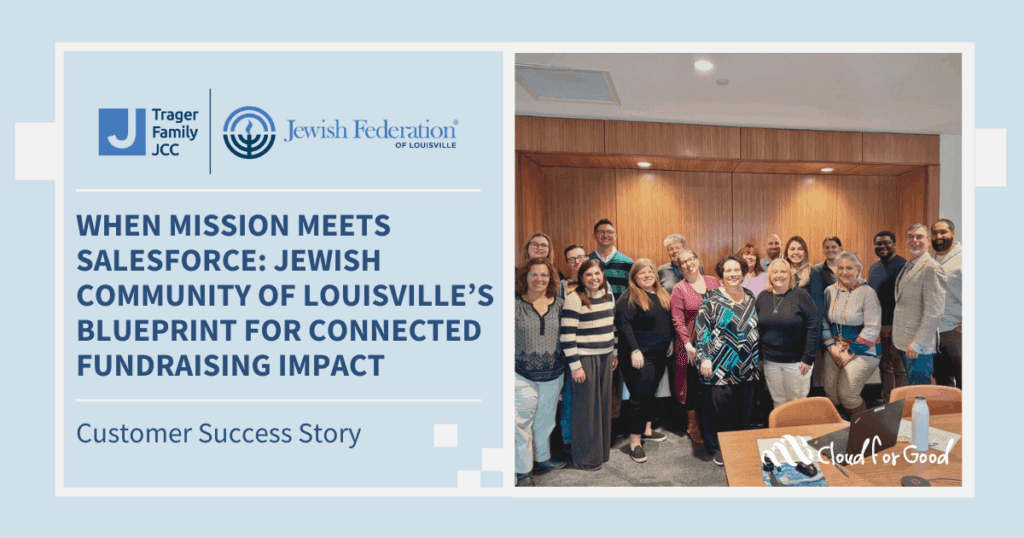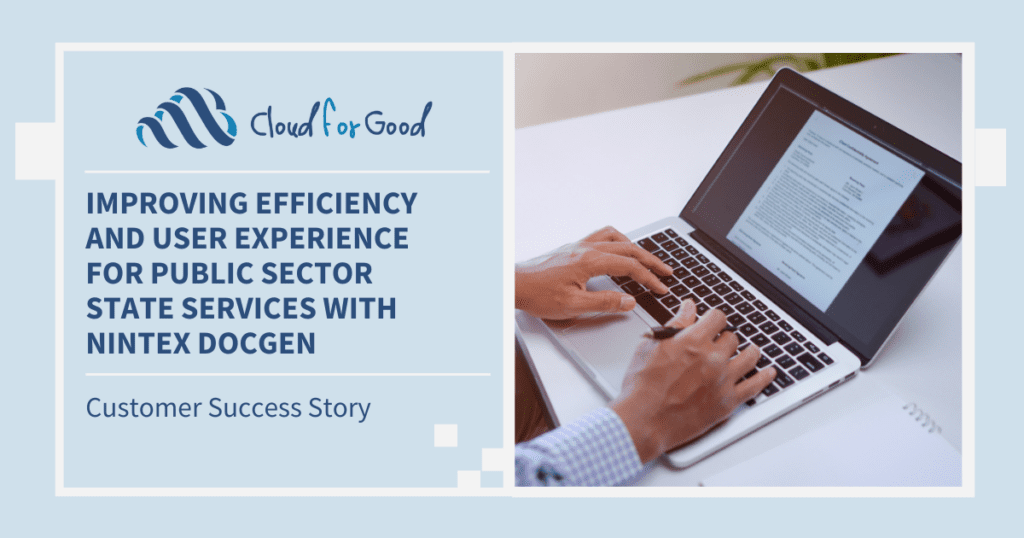THE CLIENT
With an extensive history in both Washington, DC, and Baltimore, today the National Aquarium continues the legacy of the nation’s first aquarium. As a nonprofit organization whose mission is to inspire conservation of the world’s aquatic treasures, the National Aquarium champions environmental initiatives by engaging with visitors, volunteers, students and citizens from around the world to actively participate in the preservation of our natural resources and ecosystems.
The National Aquarium in Baltimore, features a living collection of more than 20,000 fish, birds, amphibians, reptiles and marine mammals living in award-winning habitats.
CHALLENGES
Before moving to the Salesforce Platform, the National Aquarium was managing both their donors and patrons in Paciolan, a Point-Of-Sale (POS) ticketing system that was not designed to perform like a robust Constituent Relationships Management (CRM) system.
“Couples were stored in a single constituent record, with limitations for how we could indicate which individual was directly related to a donation. Our legacy system also did not offer a suitable solution for storing information on additional household members, with the names of the children associated with a household stored in simple text fields. We were unable to track the information that was relevant for our organization’s success,” stated Pat Gaitley, Sr. Business System Analyst.
Organizations were stored as patrons or donors, like the individual constituents, and the names of individual contacts who worked at those organizations were tracked in separate fields on those records. When an organization’s employee gave to the Aquarium as an individual, the information was duplicated in a separate donor record with no link between the two entities.
Paciolan was also not a very sophisticated fundraising solution. The data entry and reporting performed by the development staff was directed by the software’s limitations more than by the Aquarium’s needs. For example, the software did not offer an efficient way to track soft credits. Reporting on donations and memberships, with relevant fields from the related donors, was difficult, and the software did not easily allow for the creation of new reports.
These limitations led the grants team to track proposals separately in a set of Excel spreadsheets.
The Aquarium needed a centralized database where they could track all of their interactions with donors, patrons, and funders, see real time reports on their giving history, and cultivate new gifts based on that history.
Paciolan planned to terminate its support of the POS system on July 1, 2015, and the client needed a solution that would combine both a true CRM with a POS system.
SOLUTIONS
Nonprofit Starter Pack 3.0; bi-directional integration with Siriusware POS ticketing system; Classy for peer-to-peer fundraising and online donations.

The first step of the implementation process was to migrate the donor and patron data from Paciolan to the Salesforce Foundation-developed Non-Profit Starter Pack (NPSP). The NPSP offers the core functionality for managing constituents and their contact details, relationships, donation histories and interactions with staff. Some additional customization was added to track membership histories, fund accounting, and grant tracking.
This migration took place before the National Aquarium switched to a new POS ticketing system, and daily imports were scheduled to keep the Paciolan donations and membership-related data, as well as summary-level ticketing data synchronized with their Salesforce data using the Jitterbit ETL tool.
The Aquarium also implemented Classy to handle their online donations as part of the initial launch.
As part of the second phase of the project, the Aquarium went live with the Siriusware POS system, and a bi-directional integration with Salesforce was implemented to replace the Jitterbit imports. In addition to the donations and memberships, more detailed ticket purchases, group sales and catered event transactions were also imported into Salesforce. Basic data, such as names and addresses, can flow back from Salesforce to Siriusware.
To extend the base reporting features from the Salesforce platform, Apsona multi-step reporting was added. Multi-step reporting offers a way to create reports that span any number of Salesforce objects, both native and custom. It also allows the organization use of separate filtering conditions for each object in the report.
Results
“Cloud for Good’s implementation has helped us to redefine the way we use and interact with our technology,” said Samuel Tawiah, VP/ Chief Technology Officer.
“Today we have a centralized CRM system for creating a more robust journey for our donors, patrons and funders. Salesforce gives us a complete view of our constituents: who is in their households; who are their social and business networks; to what and how much they have donated; which events and programs they have attended; and every other way they have interacted with the Aquarium or its staff. We are thrilled to have created the next generation of visitor experience enabled by a seamless integration with our Ticketing System,” Tawiah added.
The National Aquarium is now able to separately and comprehensively track the various forms of giving received, whether it is the cultivation of a planned gift, the full life-cycle of a grant, the purchase of a membership, or a single online donation. This data includes the detailed transactions, as well as a set of summary fields totaling up both hard and soft credited gifts.
The integration with the Siriusware POS system adds even more detail to the view of the constituents, capturing in near-real time the on-site purchases made by patrons and donors.
With both Salesforce’s native reporting and the Apsona multi-step add-on, users can easily create their own analytics, from simple mailing lists to more complex yearly giving summaries.
“With Salesforce, our development team has formed a more complete way, from start to finish, of prospecting donors, tracking proposal activity, and allowing all Aquarium staff to be an active part in the process of fundraising through mobile devices. Also, the ability to restructure components of Salesforce to suit our needs has given us a customization that includes elements that we previously had on our wish list,” said Donna Austin.
“We have been extremely satisfied working with Cloud for Good on this implementation. Initial time on the project was spent with our consultant working with all members of the team in a discovery process. Their professionalism and extensive knowledge of Salesforce and nonprofit needs contributed to the success of the project. With all of the challenges presented, the Cloud for Good team always offered several options to help resolve our issues. We plan to continue our working relationship with Cloud for Good, in support of our integration and other Salesforce needs,” Gaitley stated.





